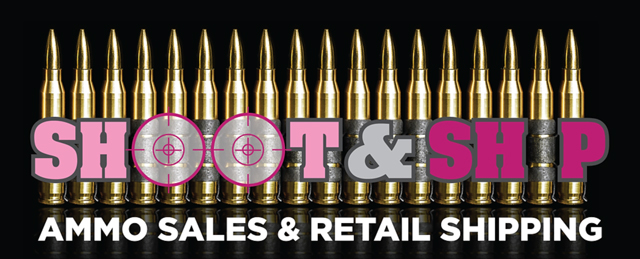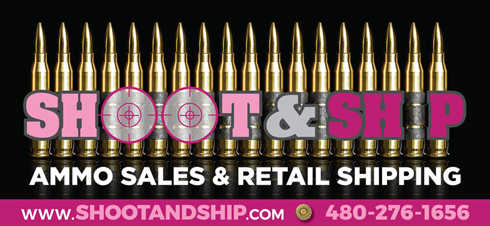AMMO Guides
Buying the Best Ammo for Your Application
Once you know what caliber you need, determining your application will help you narrow down the types of ammunition you should consider purchasing. Training/practice ammo is very different in price from hunting or self-defense ammunition. Even the type of game you are hunting can play a factor in which ammo you need. Rifle ammo and pistol ammo are both available in a variety of bullet types. Choosing the right bullet is key to maximizing your weapon performance, and range training and personal defense require two different bullet types: “Ball” Ammo and Hollow Points.
Call Now 480.276.1656
Ammunition
Ball Ammo
Ball ammo is a term commonly used for Full Metal Jacket (FMJ) or Total Metal Jacket (TMJ) ammunition. FMJ/TMJ ammo is what you want to buy for target shooting and practicing at the range. Why? Ball ammo is generally cheaper than self-defense rounds. At the gun range, you can expect to shoot a ton of cartridges at targets. This high volume of shooting can become pricey, but FMJ ammo lets you practice your shot at the best value.
Hollow Point Ammo
While great for training, FMJ ammo makes for a poor self-defense round. That’s because ball ammo will over penetrate your target, posing a threat to anyone and anything behind your target. Hollow points, or open tip ammunition, is what you want for self-defense or hunting. Hollow point (HP) bullets sense when they penetrate your target, and they are engineered to stop a threat significantly better than ball ammunition.
Shotgun Ammo
Shotgun ammo is a bit different than rifle or pistol rounds, and there are a few different types of shotgun ammo:
Birdshot: uses the smallest pellets and is best for small game and target/clay shooting
Buckshot: uses larger pellets, making it better suited for large game and self-defense
Slugs: a single, solid projectile that provides greater range and power but requires a more precise shot
The shot size and shot material are very application-dependent. Shotgun shells are classified by “Gauge” rather than “Caliber,” but the same principle applies in that what is on the box of ammunition should match what is on the firearm. Not all types of shotgun ammunition are compatible with all types of choke tubes either and can cause damage if improperly combined.
Ammunition
Bullet Weight: The weight of a bullet is expressed in grains, often abbreviated as “gr”. Bullet weight makes a difference in how the bullet performs. It will impact how the firearm recoils, and it will have an impact on the overall trajectory of the bullet. Generally speaking, a lighter bullet will have greater velocity and maintain trajectory better while a heavier bullet of the same caliber will have greater terminal ballistics.
Bullet Type: Bullets are made in various shapes and constructions depending on the intended applications. They can be made of a variety of materials such as copper, lead, steel, polymer, rubber and even wax.
Muzzle Velocity: This is the speed of a projectile at the moment it leaves the muzzle of the firearm, which means barrel length affects muzzle velocity. It is most commonly expressed as feet per second (ft/s). Higher muzzle velocities provide a straighter trajectory and often provide better terminal ballistics. Higher velocity ammunition (often labeled “P” or “+P”) generally means higher felt recoil though.
Terminal Ballistics: This is the behavior and effects of a projectile when it hits and transfers its energy to a target. Bullet design and the velocity of impact largely determine the effectiveness of its impact.
Shot Size: Shotshells are loaded with different sizes of “shot” or pellets. The smaller the number, the larger the shot.
Hopefully, after reading this guide you understand the value in purchasing ammunition online and have a good understanding of how to select the ammunition that you need. Now you are ready to effortlessly place your order online.

